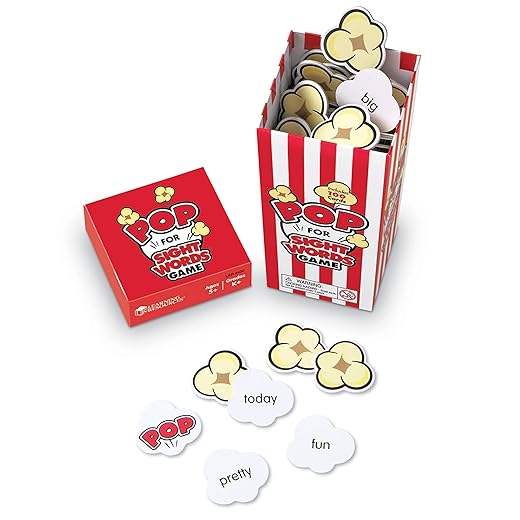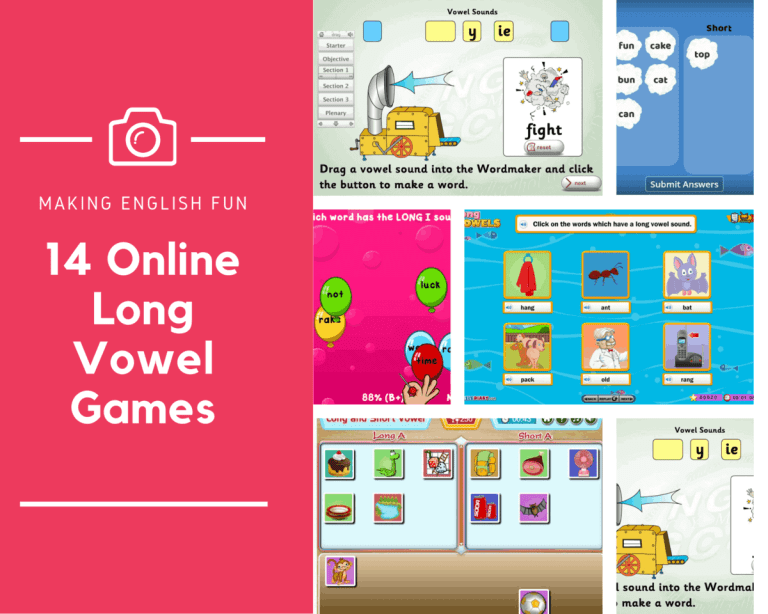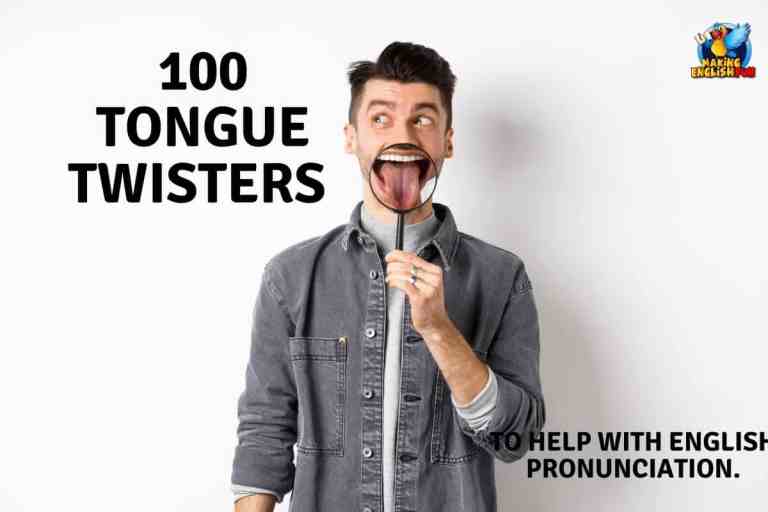Is There An Order To Teach Sight Words?
At a young age, children are introduced to picture reading books. The pages of these books are filled with words and visuals of people and items within their environment. Many of these words are sight words, which they will learn in Kindergarten and Elementary school. But is there an order to teach these sight words?
There is no specific order to teach sight words as they are not skill based, but teachers often start with the Dolch List of Basic Sight Words. This list groups sight words together according to children’s school level. These sight words are more likely to appear texts that children at these levels are familiar with.
The Dolch List of Basic Sight Words is used in most schools in the US, but what are sight words, and how are they taught. Is it necessary for children to learn the letters of the alphabet first and is there an order to teach sight words. Join me in learning more about sight words!
What Are Sight Words?
Sight words are words that we use every day, either in reading or when speaking. Sight words or high-frequency words, as they are also known, are used so many times in reading that children know them by sight without spelling them out. Examples of site words are; (in, the, on, it, but, they, with). Building a large base of sight words will help children to read more fluently.
In classrooms around the US, teaching sight words to children learning to read is a top priority. There are two types of sight words: phonetically (to sound out) spelled, e.g., can, for, will, and phrases that are difficult to sound out are non-phonetic or tricky sight words such as; talk, the, come, once.

When To Start Teaching The Dolch List Of Sight Words?
Children can learn sight words from age four depending on their ability to recognize letters and interest in wanting to read. The Dolch List of Basic Sight Words is age-appropriate from Pre-K(Pre-Primer), Kindergarten (Primer), First Grade, Second Grade, and Third Grade. We actually have worksheets for kindergarten sight words free on the site.
The Dolch List was written by Professor Edward William Dolch, who, together with his wife, authored several children’s books. In 1936 he discovered the 220 sight words and later the 95 noun sight words still being used in schools today. The noun sight words were created to assist in comprehension and are taught to children learning to read. When he wrote it there was not much emphasis on the order to teach sight words.
In addition, this book has now been updated, Revised Dolch List (RDL), and has been extended to include 875 sight words. The need to update this book was to include teaching English as a secondary language (ESL) to non-English speaking students as English became the lingua franca around the world.
Why Is It Important To Teach Sight Words?
Learning sight words is essential as these words make up 75% of the words used in the reading books for children beginning to read. If a child knows these words by sight, reading will be more accessible, and the reading becomes more fluent. It can be taught alongside a phonics program, but with the large number of words in English it can’t be used a a sole alternative to phonics.
Mastering sight words builds confidence as the child will know most of the words on the page of the beginners reading books. Sight words encourage children to pay more attention to understanding (comprehension) the text when they do not need to spell out every word. Identifying sight words helps the child build reading speed and enables them to read independently.
Do You Teach Sight Words Or Phonics First?
There is debate amongst teachers whether to teach phonics or sight words first!

Teaching phonics enables children to learn the different sounds of letters to break down or decode words. This decoding makes them more accurate readers and breaks the habit of guessing the words when they can now figure it out for themselves.
Sight words are learned by memorizing the words and not spelling them out. When reading a book, a child will quickly recognize the sight words, but if they don’t have a phonics foundation, they will not know how to spell out a word they have not memorized.
The best option would be to teach phonics and sight words at the same time. Together they make a great combination! Children are now able to find the letter-sound patterns in some of the sight words they memorize, and by decoding, they will be able to read unfamiliar words in their reading texts.
How To Start Teaching Sight Words To Children
Teaching sight words begins when children have already learned and known all the upper and lower-case letters of the alphabet. It is easier to start teaching 3 to 5 sight words at first and then add more once they have mastered these first words. The noun sight words are taught to children when learning to read.
Presenting flashcards, wall words, and posters to children helps them memorize the words through visual connections. Sight words are also learned through constant repetition using exercises to store them and their spelling patterns into the child’s long-term memory. Using games and activities allows children to have fun while learning and will keep them engaged and motivated.
We have a (very) large article with advice and tips on how to teach sight words below. This offers more advice for you if you need help teaching sight words.
The Best Way To Learn Sight Words
A typical lesson to learn sight words would be as follows:
- The lesson should not be longer than 30 minutes—10 minutes for the class, followed by 20 minutes of sight word games.
- Review the words learned in the previous lesson by using the See and Say technique. If the child struggles to recognize a word, review again using all five techniques. If a child has difficulty recognizing two words, then base the lesson on reviewing all the words again and not introducing any new words.
- Site Word Teaching techniques activate parts of the brain by using repetition and physical movement. Together these techniques focus on; keeping the child attentive and reinforcing each word to their long-term memory.
Teaching Sight Word Techniques
- See and say – using flashcards, the child sees the word and says it while underlining it with their finger.
- Spell and read – the child sees the word and spells out the letters, then rereads the word.
- Arm tapping – Says the word and spells out the letters while tapping on their arm and reads the word once again.
- Air writing – Says the word and writes the word in the air in front of the flashcard.
- Table writing – the child, writes the letters on the table, first while looking at the flashcard and then by memory.
- Start with three new words at first, introducing one word at a time, then slowly build up to teaching more words in a lesson.
- Correcting mistakes – children will make mistakes when learning these words. They may struggle with phonetically irregular words (great, live) or mix up words that look alike (was, saw).
- Repetition – when a child makes a mistake, they say the word, and the teacher underlines the word with a finger. Using the word in a sentence will help to understand the meaning of the word. Correct the mistake and continue with the lesson. Do not sound out the word as they must instantly recognize sight words.
- Reinforce repetition with fun games at the end of the lesson.
If there is nit time for full 30 minutes of esson time, then using sight words games as warm up exercises or closing of lessons is a great way to keep children exposed to and learning sight words
Sight Word Resources
below we have a selection of the FREE sight word resources, activities games and worksheets we have on the site.
You can click on the link to access these and we hop they are as useful to you as they have been to use in our classrooms. We have included our CVC generator here which is not strictly site words but is great for working on decoding skills.
Conclusion
There is no definite order to teach sight words and there are not skills based but rote learned. There Is no decoding of these words using phonics skills. However, using the Dolch List of Basic Sight Words is recommended and used in many US schools. The list contains sight words for children from Kindergarten to Grade 3.
Sight words are the most commonly used in literature. These sight words are instantly recognized and do not need to be spelled out. Learning sight words build speed and fluency in reading.
They are especially useful to teach emergent readers to give their reading meaning and to instil confidence that help them progress on their reading journey.
References
https://www.understood.org/articles/en/what-are-sight-words
https://www.education.com/magazine/article/firstgradesightwords/










One Comment